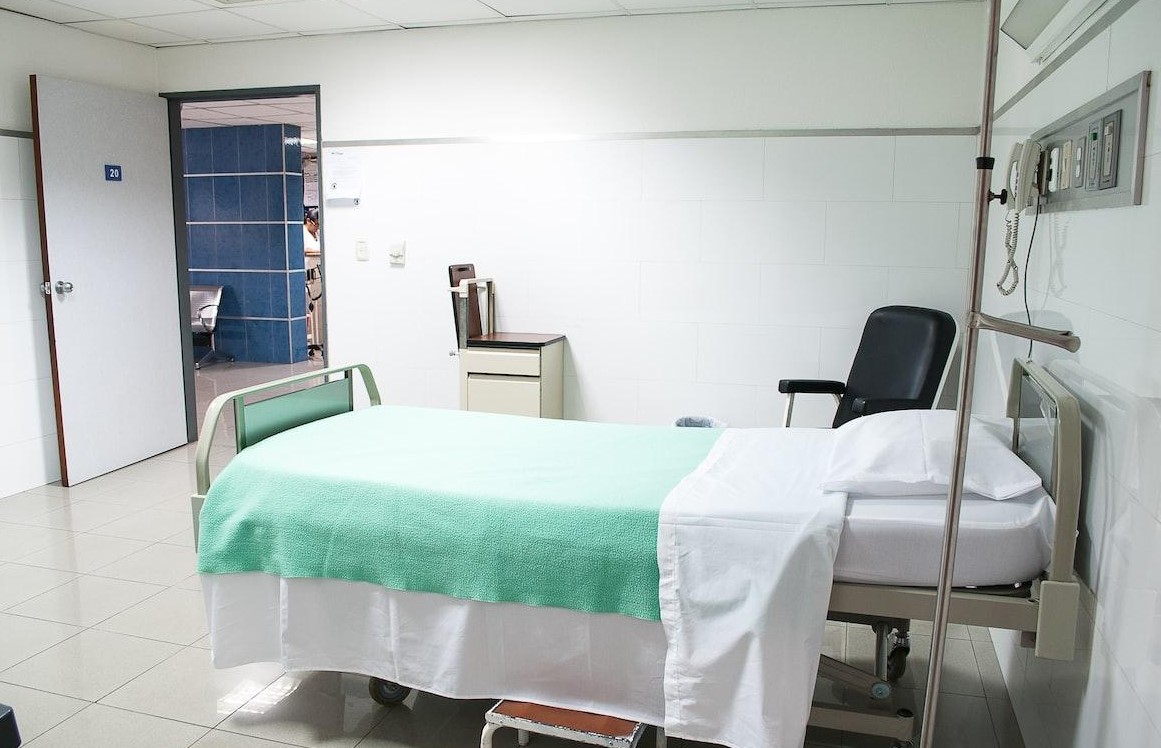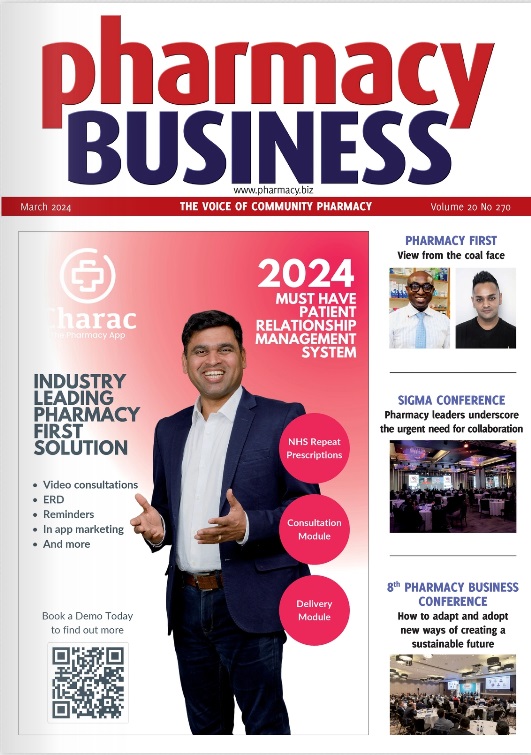Patient safety should remain a top priority in any healthcare setting. People should always receive the right advice, and pharmacists aren’t ‘GPs on the cheap.’ Staff should be fully trained, and medical equipment should be correctly maintained at all times. In turn, this helps create a safer environment for patients and professionals alike. In this article, we’ll discuss some of the factors that can enhance patient safety in healthcare settings.
Automation And Monitoring
Automating processes within a facility can help streamline operations. This has the potential to reduce or eliminate human error that could result in serious injury or death. In addition, automated systems often provide instant alerts when something goes wrong – allowing medical staff to react quickly and appropriately. Automated solutions can help facilities achieve hand hygiene monitoring standards, and it’s possible to schedule a demo and see their outcomes. They can reduce staff sick time and HAIs, as well as Joint Commission citations and associated costs.
Monitoring helps ensure compliance with safety protocols. It’s essential for improving patient safety and gaining data on all aspects of a facility’s operations. It also helps organizations track the effectiveness of their protocols and procedures over time. This helps them constantly evaluate and refine their policies, to maximize patient safety benefits.
Adequate Staffing
In order to provide quality care, it’s essential to have enough staff on hand to meet patient needs and ensure all protocols are being followed. Without this, healthcare providers may struggle to provide prompt, efficient care – which can put patient safety at risk. Adequate staffing levels should be determined by a variety of factors. They include patient numbers, the complexity of care required, and the size and layout of the facility.
It’s also important that this information is regularly updated as patient numbers or facility layouts can change over time. By providing sufficient staff continuously, hospital managers and healthcare providers can ensure that patient safety isn’t compromised. It also keeps the quality of care consistent with national standards.
Clear Procedures
A well-defined set of rules and protocols should be established for all staff. In turn, everyone will know what’s expected of them, and how best to follow safety guidelines. These can help eliminate errors that could lead to complications or even serious harm.
Having clear policies ensures everybody understands the importance of adhering to safety regulations at all times. It gives staff an understanding of why following rules is important and encourages them to take responsibility for their own actions. In the event of an accident or injury, specific policies can be used to determine what action should be taken. This ensures that any issues are dealt with quickly and effectively, in a way that’s acceptable to all parties.
Awareness And Training
Healthcare workers need to be aware of the potential risks and hazards posed to patients, particularly those that could lead to medical errors or other preventable harm. Training staff on identifying situations where these risks exist is essential for establishing a culture of safety. Healthcare professionals must have access to the resources they need, such as the appropriate equipment, medications, protocols, and procedures – and evidence-based knowledge and skills.
It’s vital for staff to stay up-to-date on best practices related to patient safety. They can do this by attending regular continuing education courses or workshops. Finally, frequent staff feedback (on performance related directly or indirectly to patient safety) should be part of any organization’s commitment to improvement. This makes it a team effort.

Infection Control Practices
The Centers for Disease Control and Prevention (CDC) recommends a variety of measures to reduce the risk of infection among patients, caregivers, and visitors. These include:
- proper hand hygiene techniques (such as washing hands with soap and water or using an alcohol-based hand sanitizer) before and after interacting with patients
- disposing of contaminated gloves and masks properly
- ensuring that surfaces are disinfected regularly
- using single-use disposable items whenever possible
Additionally, the CDC recommends that healthcare personnel:
- receive vaccinations against certain infectious diseases such as influenza
- follow policies for handling specimens that may contain infectious material
- wear protective clothing when necessary
- use approved cleaning solutions for any equipment used in patient care
- routinely monitor all areas for signs of contamination such as mold or pests
- report any suspicious activities to the appropriate authorities immediately
Interdisciplinary Collaboration
By working together, clinicians from a variety of disciplines can pool their collective knowledge. In turn, this can ensure that the most effective and safest treatments are used for patients. Interprofessional teams have been shown to improve patient outcomes and reduce the risk of medical errors. The benefits include increased communication between providers, more efficient use of resources, and enhanced problem-solving skills. It can also lead to improved patient compliance with treatment plans and better cross-referencing among different specialists.
Together, these factors can lead to a decrease in medical errors and greater efficiency throughout the healthcare system. Interdisciplinary collaboration fosters positive relationships within the healthcare team, leading to improved morale and a better quality of care for patients.
Electronic Health Records
Electronic Health Records (EHRs) have become a cornerstone of patient safety in healthcare settings. After transitioning from paper-based records, EHRs have revolutionized the way patient information is documented and shared amongst healthcare providers. This shift has significantly improved patient safety by reducing medical errors, increasing access to information, and providing more comprehensive data on overall patient health.
EHRs allow for easier communication between doctors and other healthcare providers, and quicker access to important medical history information during emergencies. This can result in fewer missed diagnoses or incorrect treatments (due to incomplete data being available at the point of care). Additionally, patients benefit from improved accuracy when it comes to medication orders and prescriptions. This is because EHRs help to reduce human error related to the manual entry of data into a paper record system.
Other key factors include medication management and quality assurance programs. When all these factors come together, they serve to improve patient safety. Both staff and equipment become well-managed, and people’s treatment improves as a result.







